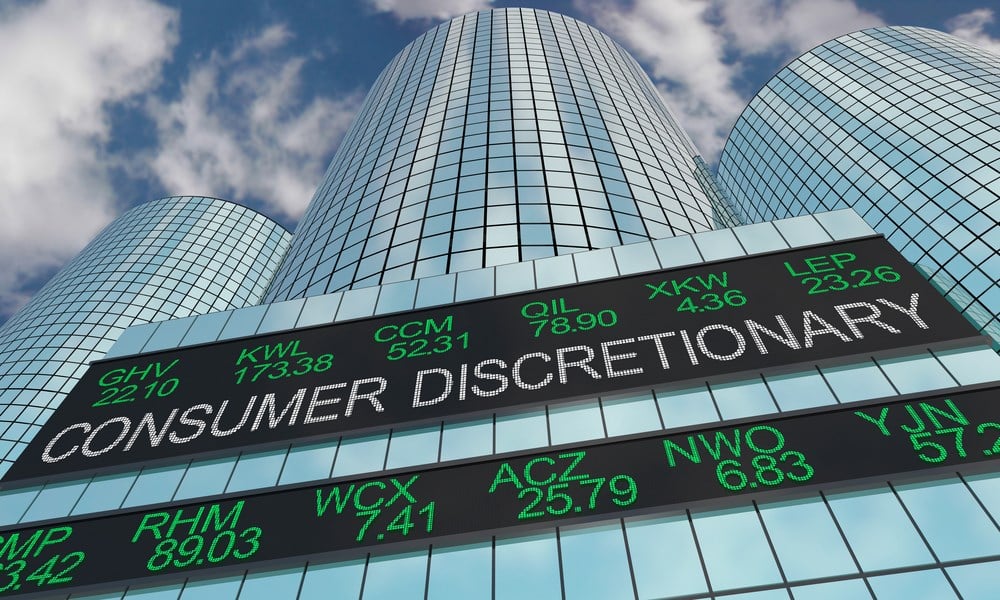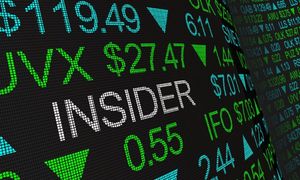Financial News
More News
View More
WesBanco Insiders Signal Confidence With Coordinated Buys
Today 11:04 EDT
The Melt-Up in SoundHound AI Isn’t Over By a Long Shot
Today 10:02 EDT
Why These 2 Crypto ETFs Could Soar After the Sell-Off
Today 9:38 EDT
Will D-Wave's European Expansion Keep Fueling the Rally?
Today 8:57 EDT
Recent Quotes
View More
Stock Quote API & Stock News API supplied by www.cloudquote.io
Quotes delayed at least 20 minutes.
By accessing this page, you agree to the Privacy Policy and Terms Of Service.
Quotes delayed at least 20 minutes.
By accessing this page, you agree to the Privacy Policy and Terms Of Service.
© 2025 FinancialContent. All rights reserved.









